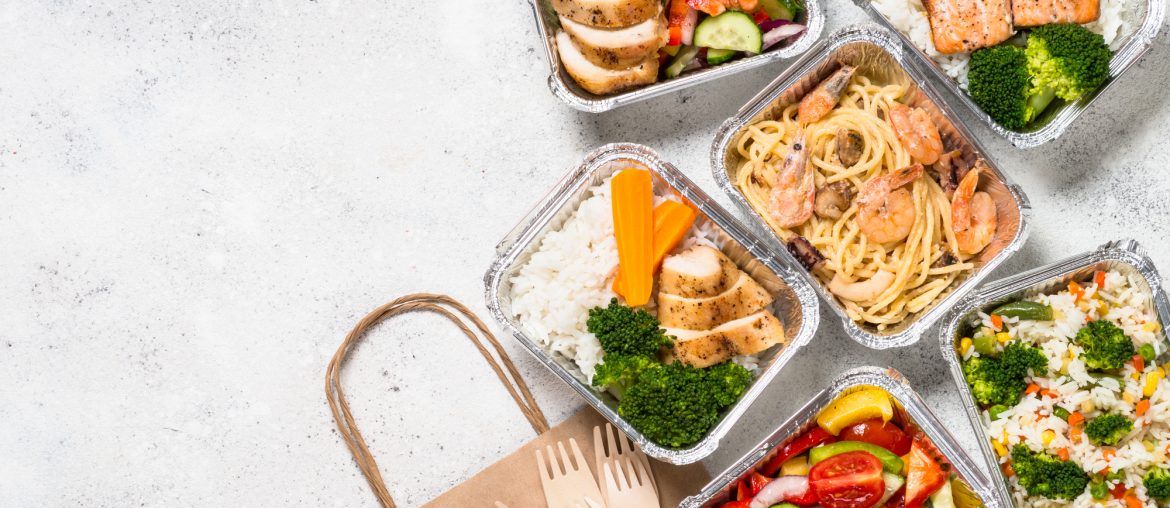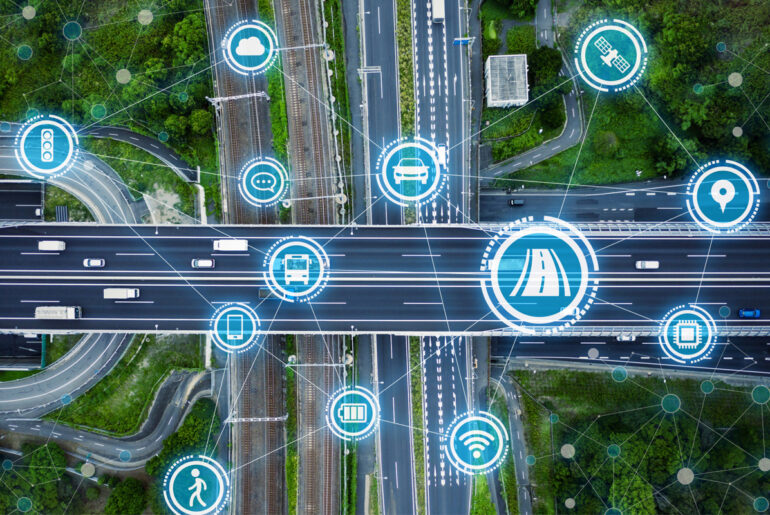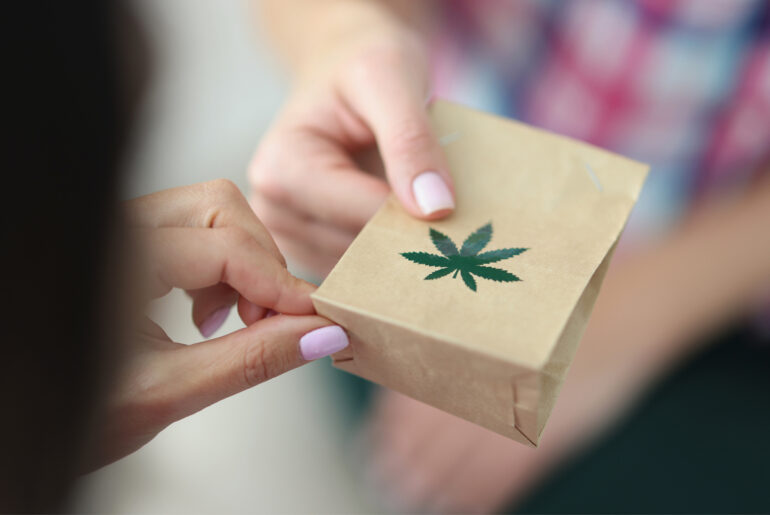The convenience and accessibility of food and grocery delivery services have been highly valued in the early 21st century, particularly during the closing of in-house dining during COVID-19. The global online food delivery service is currently valued at $126.91 billion, with future projections for the industry continuing to grow. Not only has the consumer benefitted from food delivery services, but restaurant owners have benefitted by partnering with delivery apps, or setting up their own delivery services.
However, the boom in the food delivery market isn’t a net positive. Increased emissions from cars, unsustainable packaging, and excess food waste are a few of the environmental problems this industry poses. Because there are so many different food delivery companies, as well as partner restaurants within those companies, any environmental regulations would have to come from the state or federal government. Learning more about how the food delivery industry impacts the environment can help you make better-informed choices next time you’re thinking of ordering dinner.
How Does Food Delivery Impact the Environment?
Food delivery services impact the environment in two major ways; waste and emissions. It was seen that lockdowns in Australia caused a 20% increase in household solid waste, partially due to increases in food deliveries. Additionally, if changes aren’t made, it’s projected that carbon emissions from food delivery will rise 32% by 2022, which is around 6 million tons. Understanding how the food delivery industry creates and manages waste is the first step to being able to change the outcomes.
Environmental Waste
Non-sustainable packaging in food delivery is a contributor to environmental waste. Because some of these materials, like single-use plastics, don’t biodegrade, or in the case of styrofoam, take around 500 years to decompose, it’s a net increase in the amount of solid waste generated by the average household. Solid waste contributes to methane emissions.
Food Waste
Restaurants generate around 33 million pounds of food waste per year. This can include food that’s unfinished by customers, food that spoils, and even perfectly good food that’s simply not kept more than 24 hours, due to store policies. When it comes to food delivery, there’s no specific data yet on food waste generated by delivery apps, but you have to consider the possibility of an increase in food waste. For example, food that gets delivered to the wrong place may not be eaten. Deliveries with errors that violate certain diets, or would trigger allergic reactions would get wasted. Temperature, quality or even portion size can contribute to food waste from deliveries the same way it does food waste in a restaurant.
Despite its organic nature, food waste has an impact on climate change. When food is wasted, so are the energy, water, and other resources that were used to grow it. Additionally, when food rots, it emits methane gas, which contributes to the greenhouse effect.
Emissions
Transportation is one of the largest offenders of greenhouse gas emissions. The average passenger vehicle, which you need to be employed by virtually any food delivery app, emits 4.6 metric tons of greenhouse gases per year. To put this into perspective, Doordash, one of the biggest food delivery apps in the U.S., employs around one million drivers. This is one million cars on the road, making deliveries, for just one company. This example illustrates the huge problem that food delivery poses for carbon emissions. Increasing the use of transportation in connection with the increase in delivery popularity poses a huge environmental problem.
Finding Eco-Friendly Food Delivery Options
While regulation of the food delivery industry is tricky because of the nature of the business, there are ways that you as a consumer can make greener choices, without having to wait for the business to do it for you. Some of the best practices for finding eco-friendly food delivery include:
- Look for Locally Sourced Options: Check your local restaurants, farms, and grocery stores and see if they have eco-friendly delivery services of their own. Not only will using these services benefit the local business more than going through a third party, but you can also reduce the carbon emissions it takes to get your food to you. Local businesses tend to deliver in a set range, whereas delivery drivers can come from anywhere they’re willing to commute from.
- Find Restaurants with Sustainable Packaging: Ordering from a restaurant with cardboard packing, rather than plastic or styrofoam, is another way to be part of sustainable food delivery and enjoy a greener experience. As long as the packaging is free of oils, it can be recycled. Even if it can’t be recycled, cardboard biodegrades much sooner than other synthetic alternatives.
- Opt-out of Single-Use Plastics: If prompted, opt out of getting plastic silverware or straws with your meal. If you’re getting food delivered to your home, you’ll already have all the utensils you need, without adding more single-use plastics to your order. Storing a pair of utensils at your work or in your bag is another way to reduce your need for single-use plastics on the go.
Another way to engage in green food delivery is to opt for meal kits, instead of single-meal delivery. Meal kits, like Hello Fresh, have a smaller carbon footprint than grocery shopping, and many of these companies are making conscious efforts to reduce food waste. While there are still concerns about shipping and delivery emissions, the scalability of getting multiple meals delivered at once through carbon-neutral delivery still beats single-meal delivery services.
What Can Businesses Do to Help?
There are several ways that business owners can make their delivery services more environmentally friendly, while still enjoying the profits of offering delivery services. These options range from low effort to higher commitments, depending on your priorities and resources. Green delivery practices business owners can implement include:
- Route optimization for drivers;
- Switching to recyclable takeout containers;
- Reducing delivery hours;
- Only providing disposable utensils by request;
- Increasing delivery efficiency by having drivers deliver more than one order at a time.
Food is a huge part of our everyday lives, and convenience in food is a big priority for many. However, there are ways that you can still enjoy the convenience of eco-friendly food delivery, without sacrificing your environmental beliefs. Knowing how to source more sustainable delivery options as a consumer, and implementing more environmentally friendly practices as a business owner can be small changes that can make a big difference.




